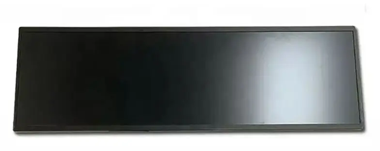
28.6 inch high tni high brightness LCD with RisingStar screen P286IVN01.1
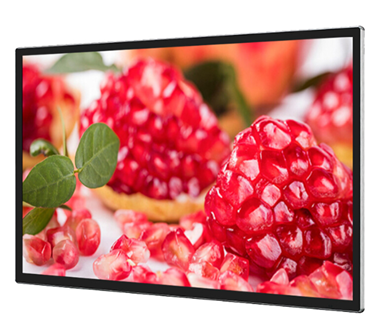
43 inch Window facing display 1500 nits high brightness for shop
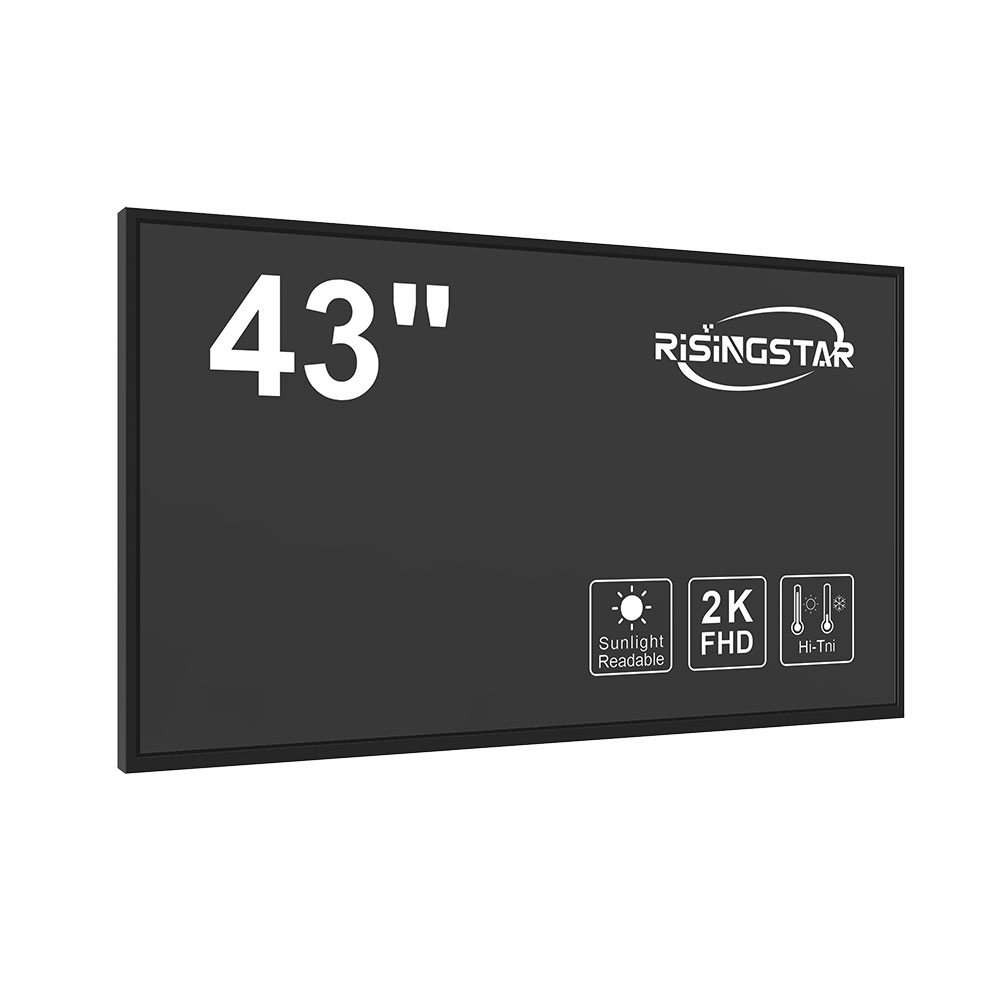
43" Ultra-High Brightness TFT/IPS LCD Screen
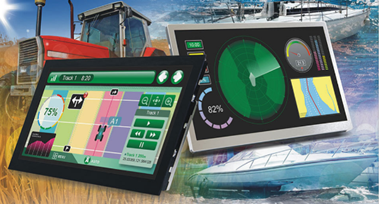
10.2 inch full HD outdoor sunlight readable TFT LCD display modules
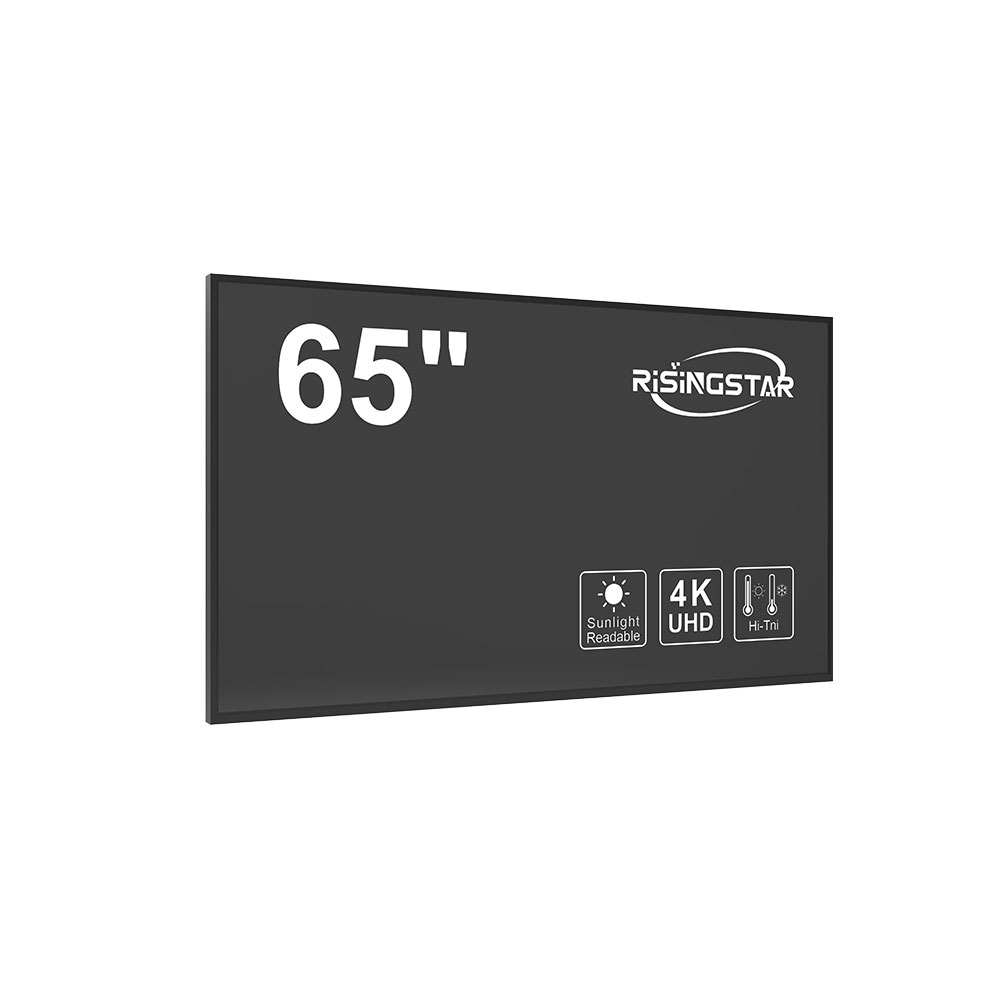
65 inch window facing sunlight readable lcd display
IPS LCD monitor panel
We can see from the figure that the molecular arrangement of the IPS screen is horizontal. When encountering external pressure, the molecular structure sags slightly downward, but the overall molecule is still horizontal. The vertical arrangement of ordinary LCD screens is drastically sunken and has an inverted figure eight shape. It can be seen that the IPS liquid crystal molecular structure is much stronger and more stable than ordinary screens when encountering external forces, and remains basically unchanged. In the real thing, after directly touching the IPS screen, there is no flashing phenomenon, while the ordinary screen has a large area of obvious flashing area, which is what I commonly call the water pattern phenomenon.
Secondly, the molecular recovery speed of the IPS screen is faster, so it solves the "after-image" flaws that are unavoidable for ordinary screens when tapping. Please see the display effect.
IPS screen: Touching the screen will not affect the picture quality of the dynamic picture
It is precisely because of different molecular mechanisms that the degree of molecular recovery after being subjected to external forces is also very different. Through testing, it is found that the recovery speed of IPS screen molecules is faster than that of soft screen molecules. That is to say, when the LCD screen is touched or the LCD screen is shaken and bumped, if the soft screen is playing a fast dynamic picture, it will cause the display picture to pause, superimpose the picture behind it, and make the screen picture chaotic. This is the so-called "after-imaging" phenomenon of liquid crystals. From the test, it can be seen that after the hard screen image is subjected to external force, the image will not change, the image is still lifelike, and the color is still bright.
In summary, we can draw a conclusion: the stability and pressure resistance of IPS screen LCD are higher than that of ordinary screen LCDs, and the dynamic picture performance is also better than ordinary screens.
TN LCD monitor panel
Most of the TN panels are modified TN+film. Film is the compensation film. It is used to make up for the lack of viewing angle of the TN panel. The viewing angle of the improved TN panel reaches 160°. Of course, this is the manufacturer’s contrast ratio of 10:1. In the case of the measured limit value, in fact, the image has been distorted or even color cast when the contrast drops to 100:1.
As a 6Bit panel, the early TN panel with 6bit driver IC can only display 64 colors each of red/green/blue, and the maximum actual color is only 262.144. Through the "dithering" technology, it can achieve more than 16 million colors. , It can only display the three primary colors of 0 to 252 gray scales, so the final color display information is 16.2 M colors, instead of the true color 16.7 M colors we usually call; it is more difficult to increase the contrast with the TN panel. The problems exposed are thin colors, poor reproducibility, and unnatural transitions. In the later stage, with 8bit, this problem was solved to a large extent, and it can display the three primary colors of 0 to 255 gray scales, a total of 256 gray scales. In fact, the key factor that determines the color is not the panel type, but the driver IC. In the past, 99% of TN panels provided 16.2M colors, so people naturally think that TN and 16.2M have an inevitable connection. At the same time, the 16.7M color is the patent of the wide viewing angle panel, so it leaves the user with such an impression that the TN panel is equal to 16.2M color, and the wide viewing angle panel is equal to 16.7M color.
The principle of liquid crystal display color is that there are three filter strips that only transmit red, green and blue light at the position of each pixel on the backlight board, and each strip of each pixel has an independent circuit to drive the corresponding position. The liquid crystal molecules rotate, so that the red, green and blue lights of different brightness are mixed, making the human eye perceive various colors. When the voltage is high, the corner is large, and when the voltage is low, the corner is small, which is stepless adjustment. The driving voltage is divided into 2n parts from the highest to the lowest to make the liquid crystal display n-bit color. Therefore, anyone with a little longer head knows that there is no such thing as a board that only supports how many bit colors. For any LCD panel, the only problem is how many bits are added to drive the color to display the best. In other words, regardless of TN or wide viewing angle panel, if 6bit IC is loaded, then its color number is 16.2M (after dithering), if 8bit IC is loaded, then color number is 16.7M. According to what we have summed up earlier, the panel type has nothing to do with color, so it can be inferred that a wide viewing angle panel can also be matched with a 6bit IC to provide 16.2M colors.





Ask a quote for the latest price and one of our team members will respond as soon as possible.
